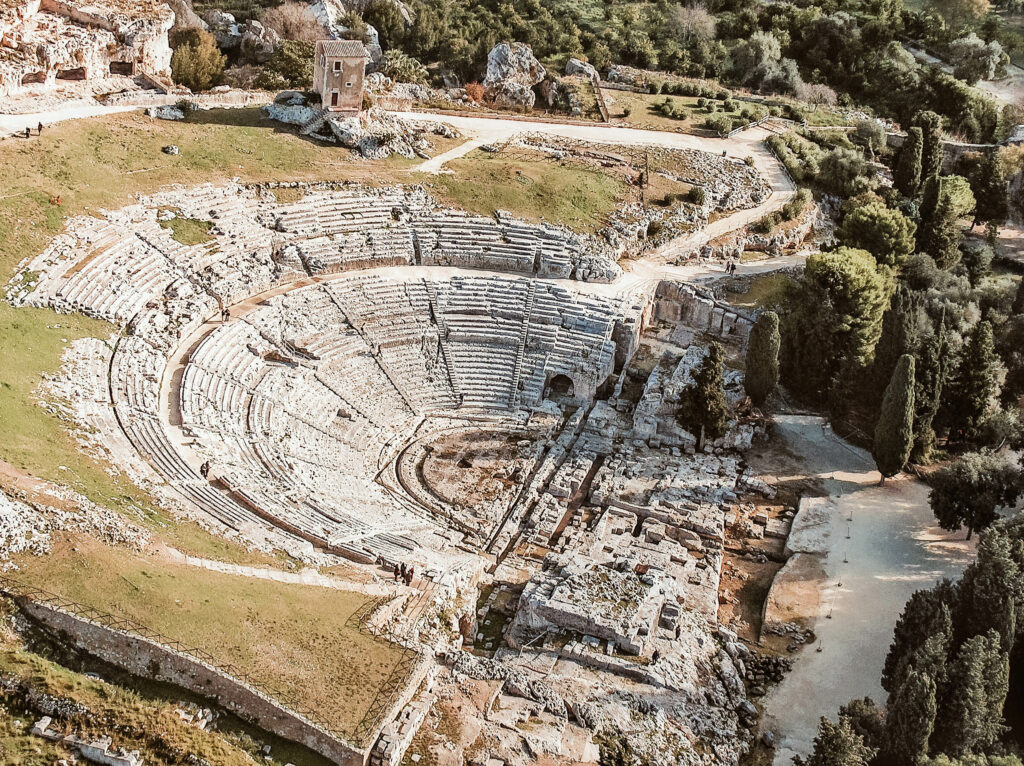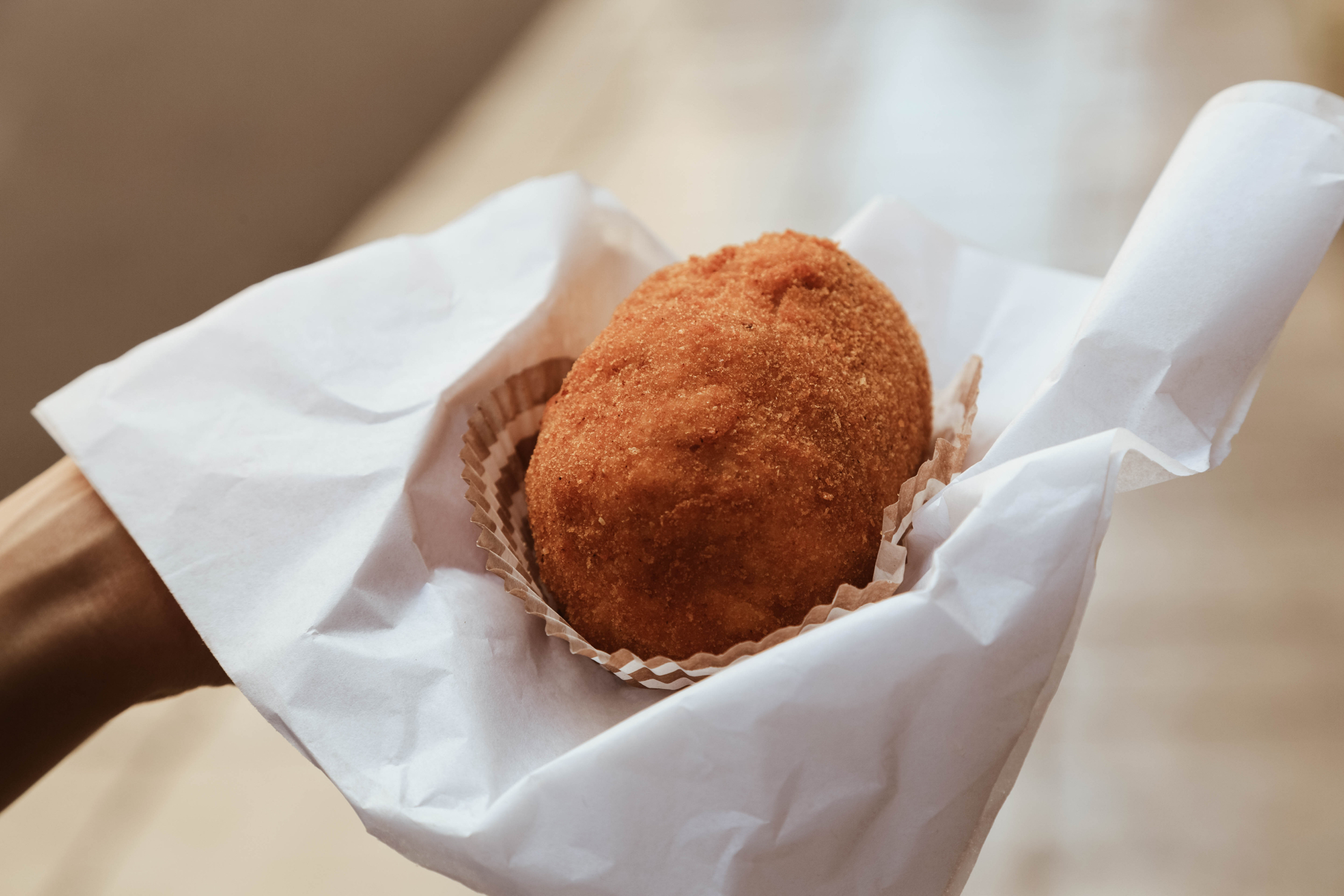Italy is known for its rich food culture and nowhere is that more apparent than in Sicily. While most non-Italians are familiar with Roman and Tuscan cuisine, Sicily has a dynamic and varied history that makes it a food capital of note. The Greeks, Romans, Arabs, and others invaded the island and left an indelible mark on Sicilian identity, culture, art, architecture, and, most importantly, food.
Sicilian pizza has an international following, however Sicilian cuisine is more than lo sfincione. Sicilian food culture dates back millennia and incorporates the best of the diverse groups that called it home.
We designed an itinerary to discover the best dishes, highlighting the link between food, culture and land, while also exploring some unseen parts of this alluring island.
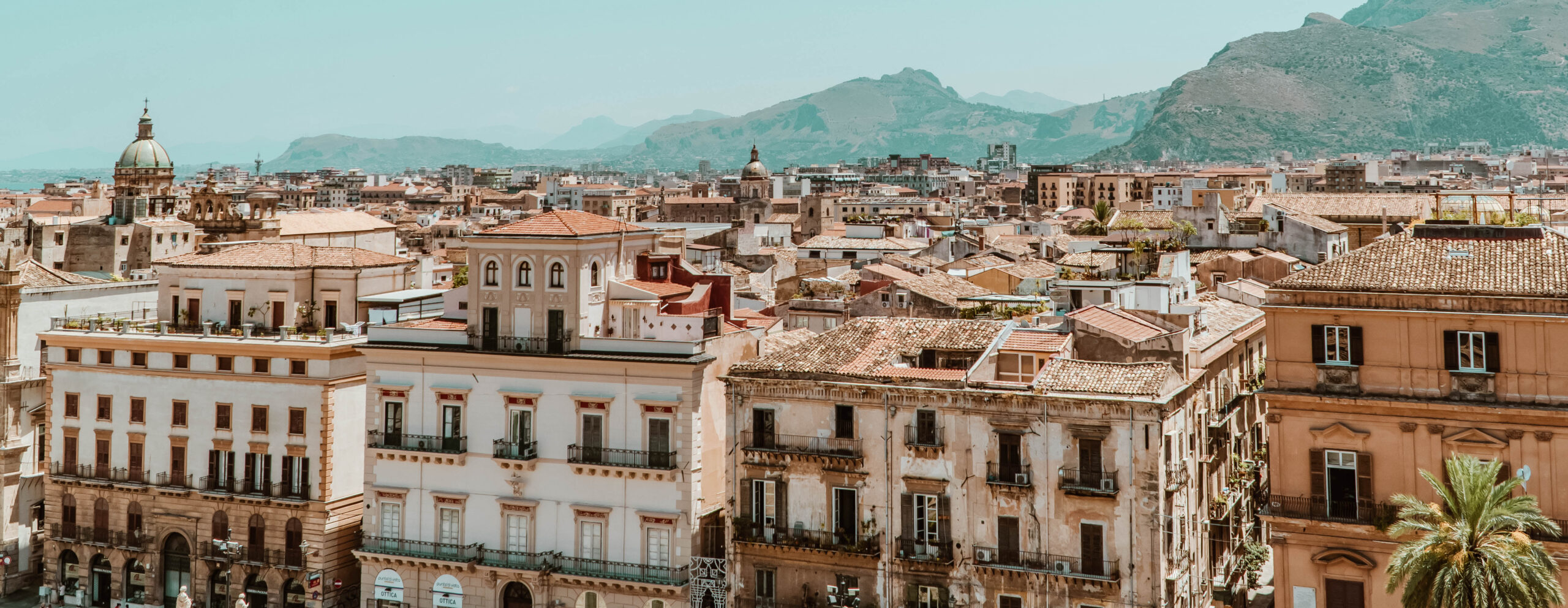
Start in Palermo, the capital. Also known as “The Most Conquered City in History,” Palermo boasts a host of traditions that are reflected in its art and architecture. The city is also a street food mecca, with a proliferation of vendors and markets around town.
Ballarò and La Vucciria are the most famous of these, with vendors shouting (what the locals dub “A Vanniata”) to lure passersby to the tastes, smells and colors to be discovered there. Here you will find the best examples of real Sicilian street food, from panelle (fried squares of dough made from chickpea flour) to frittole (calf leftovers, boiled then fried and served with bread and lemon).
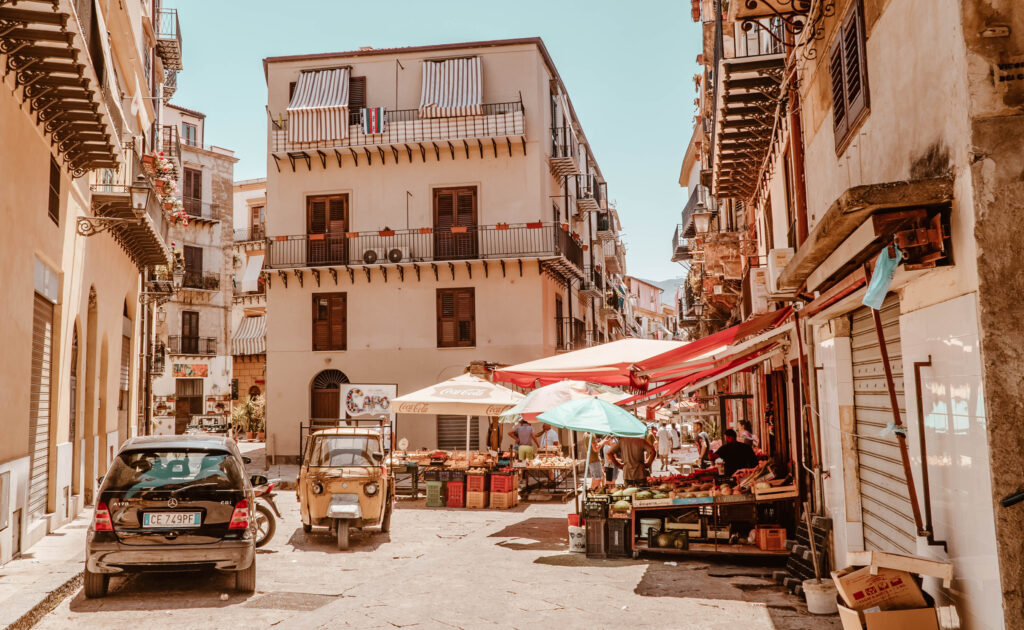

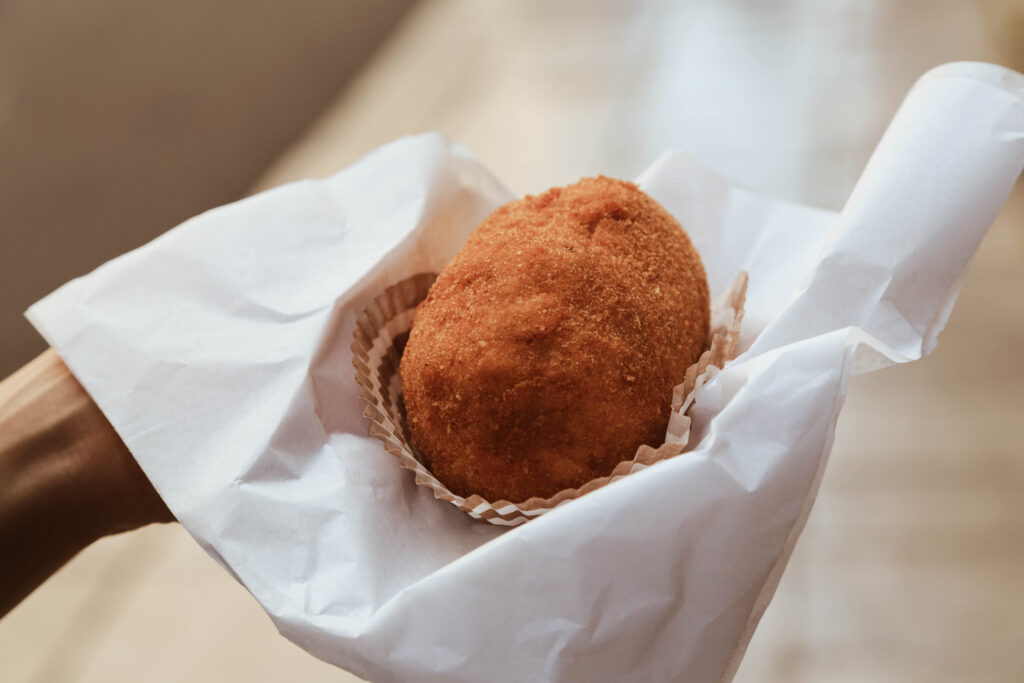

But the true masterpiece of Sicilian street food is l’arancina. This deep-fried saffron rice ball stuffed with minced meat and peas is immensely satisfying. Modern cooks still follow the centuries-old recipe, which comes from the Arabs and the Normans. The former brought risotto with saffron to the island and the latter shaped the rice into small “orange” balls.
The secret of a perfect arancina? Separated grains of rice al dente (you have to feel all of them when you bite down)! While exploring the city, don’t forget to look up: the famous red domes of Palermo—San Cataldo and San Giovanni degli Eremiti—stand out against the blue sky and, in shape and color, are reminiscent of arancine!
From Palermo move to Trapani, on the west coast. The “City Between Two Seas” (the Mediterranean and the Tyrrhenian), Trapani has an elegant old center of Arab origin. From its port, you can reach the Egadi islands. The clarity and color of the water emphasize that fish dishes are the undisputed stars of the kitchen here, especially couscous alla trapanese.
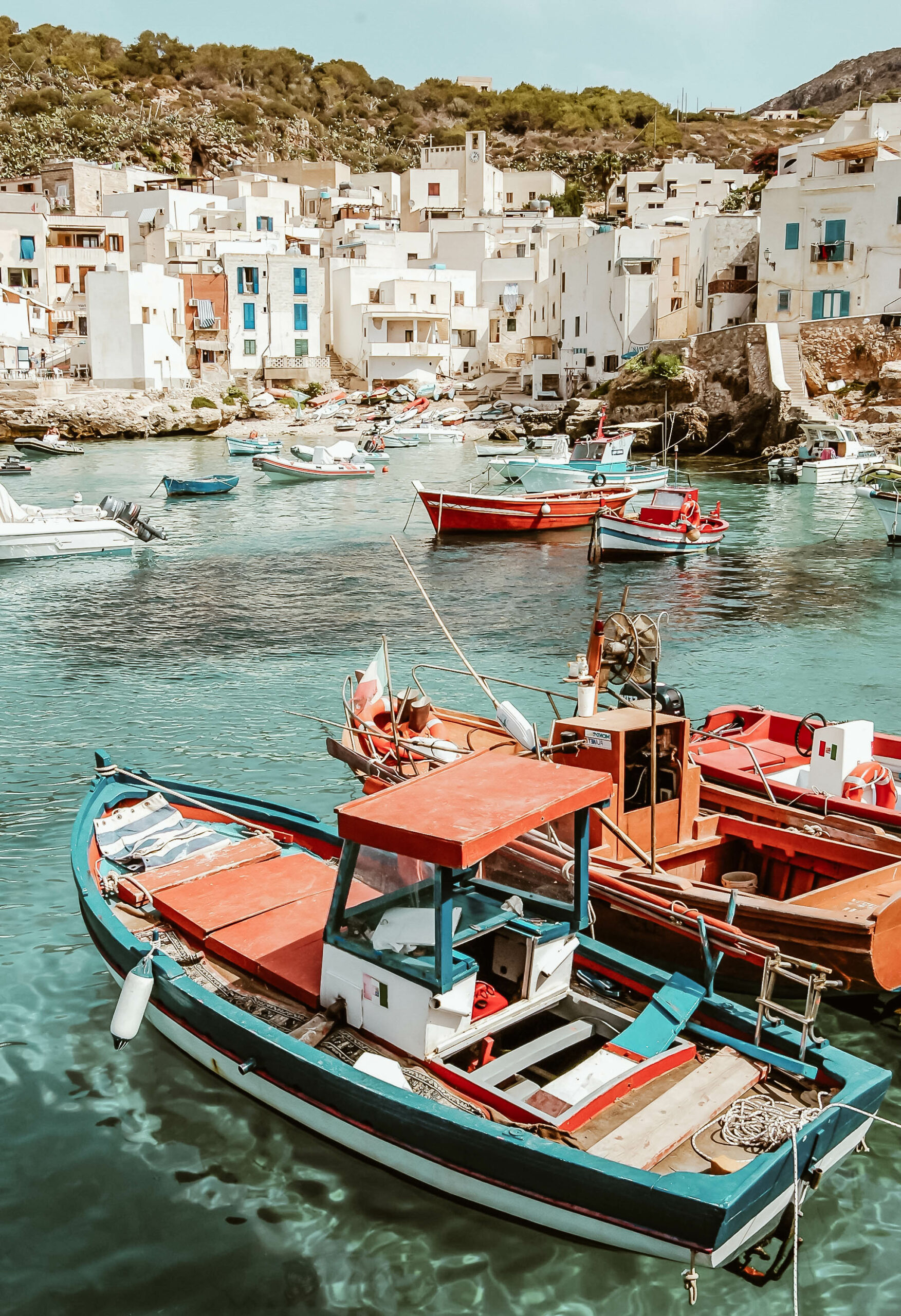

Arabs brought couscous to Sicily but this recipe reflects the Sicilians’ love of the sea and its bounty. The semolina is first prepared and mixed in a mafaradda (traditional ceramic pot). Cooks patiently shell the grains so as not to be sticky or gummy. The couscous is draped in a fish broth made from local varieties: snapper, sea bream, tub gurnard, scorpion fish, cod, mullet, crustaceans and mollusks. The result? A deeply savory dish that will make you feel one with the sea around you.
But Sicily is not only about the sea. The Sicilian hinterland is less known but equally full of ancient flavors and customs.
Head to Caltanissetta, in the interior, where ilcannolo siciliano, one of the best-loved Italian desserts, was allegedly invented. Legend has it that local nuns modified an ancient Muslim recipe, once made by harem concubines for the local sultan. The deep-fried crispy pastry shell is filled with soft ricotta cheese, chocolate chips and a small strip of candied orange. Ask for a “cannolo espresso” when in town—the shell will be filled in front of you so that the casing retains its crunch.

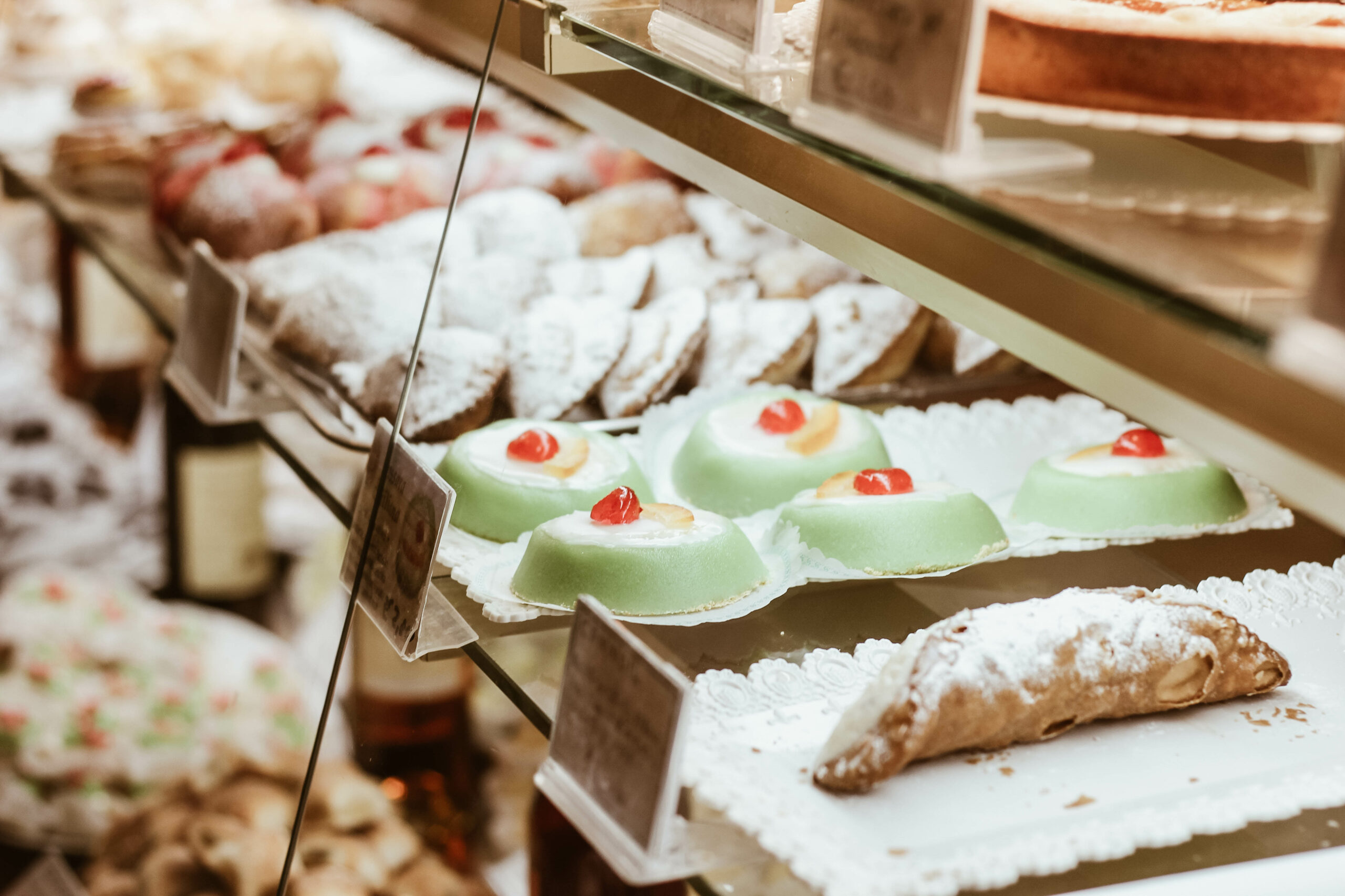
Ricotta is also the basis of cassata, the queen of Siclian pastries. The Greeks brought ricotta and the Arabs the quas’at, a big round pan in which cassata is made. When the Spaniards colonized Sicily, they made the cake—which includes candied fruit—more elaborate, decorating it in a Baroque style, just as they did with the local architecture.
Burn those newly acquired calories with a visit to the Castello di Pietrarossa. It’s in a state of disrepair but is still one of the most important castles in Sicily thanks to its hilltop location, which offers a spectacular view of the surrounding countryside. The elongated shape and pitted stone of the tower recalls the shape of a cannolo, with its typical bubbles in the shell (created by the addition of vinegar to the dough).
Take a trip to the east coast and specifically, Catania, which sits at the foot of Mt. Etna. Sicily’s second largest city is a vibrant example of Baroque masterpieces.
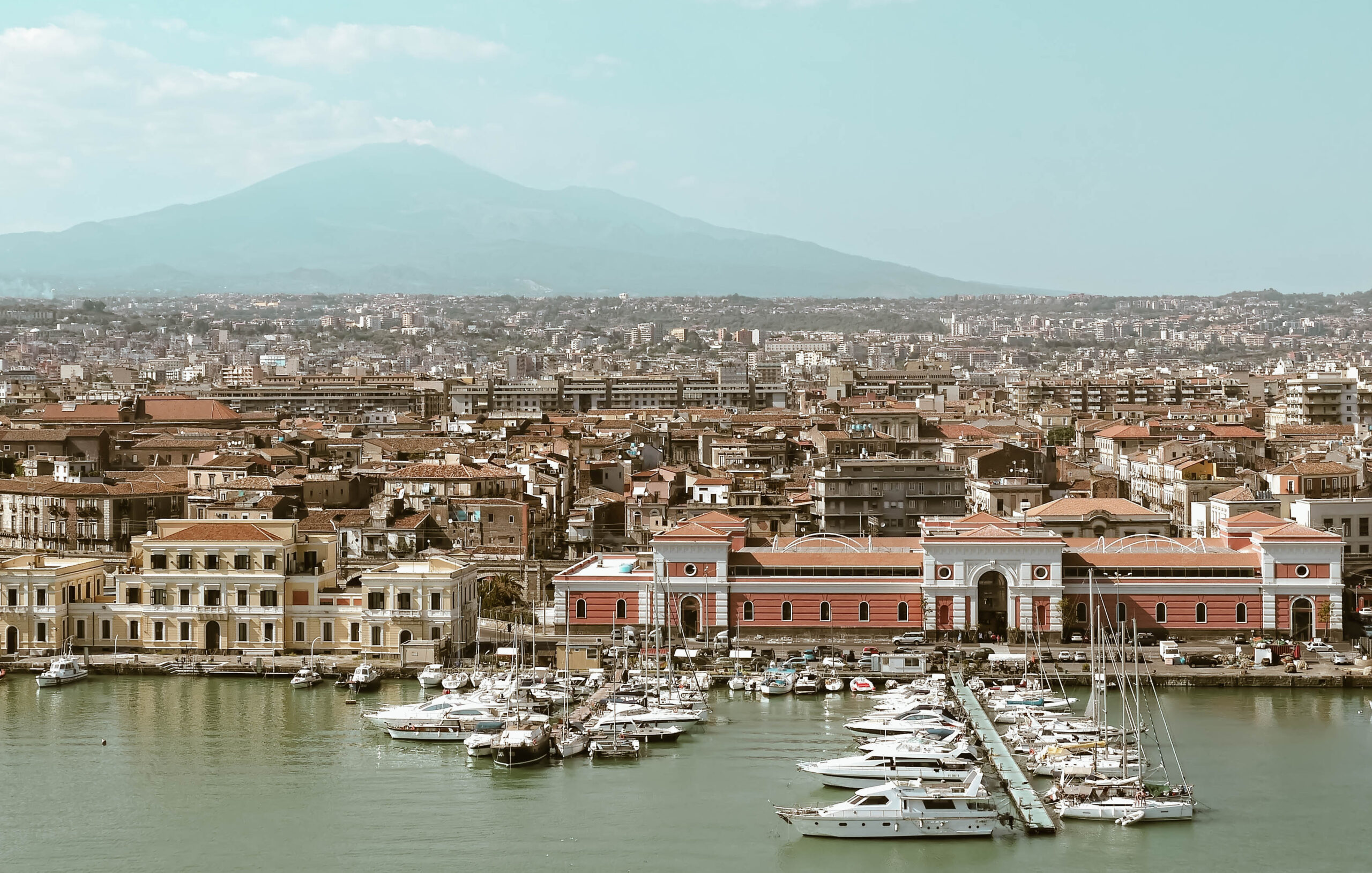
The Teatro Massimo Bellini is a can’t-miss gem where artists from Maria Callas to Luciano Pavarotti performed. The theater is forever linked to local composer Vincenzo Bellini who himself is eternally connected to the most popular Sicilian pasta: pasta alla Norma.
The theater opened in 1890 with Bellini’s Norma, and, according to legend, a Sicilian chef created a dish to honor the occasion, possibly taking inspiration from soprano Giuditta Pasta, who was the tragic lead in the opera.
Pasta alla Norma is a cornerstone of Sicilian cuisine. Only a few ingredients are needed: fresh basil, garlic, vine-ripened tomatoes, golden, fried eggplant and grated, salty ricotta cheese. However, despite its simplicity, the rich Mediterranean flavor makes it one of the most appealing dishes in all of Italy.
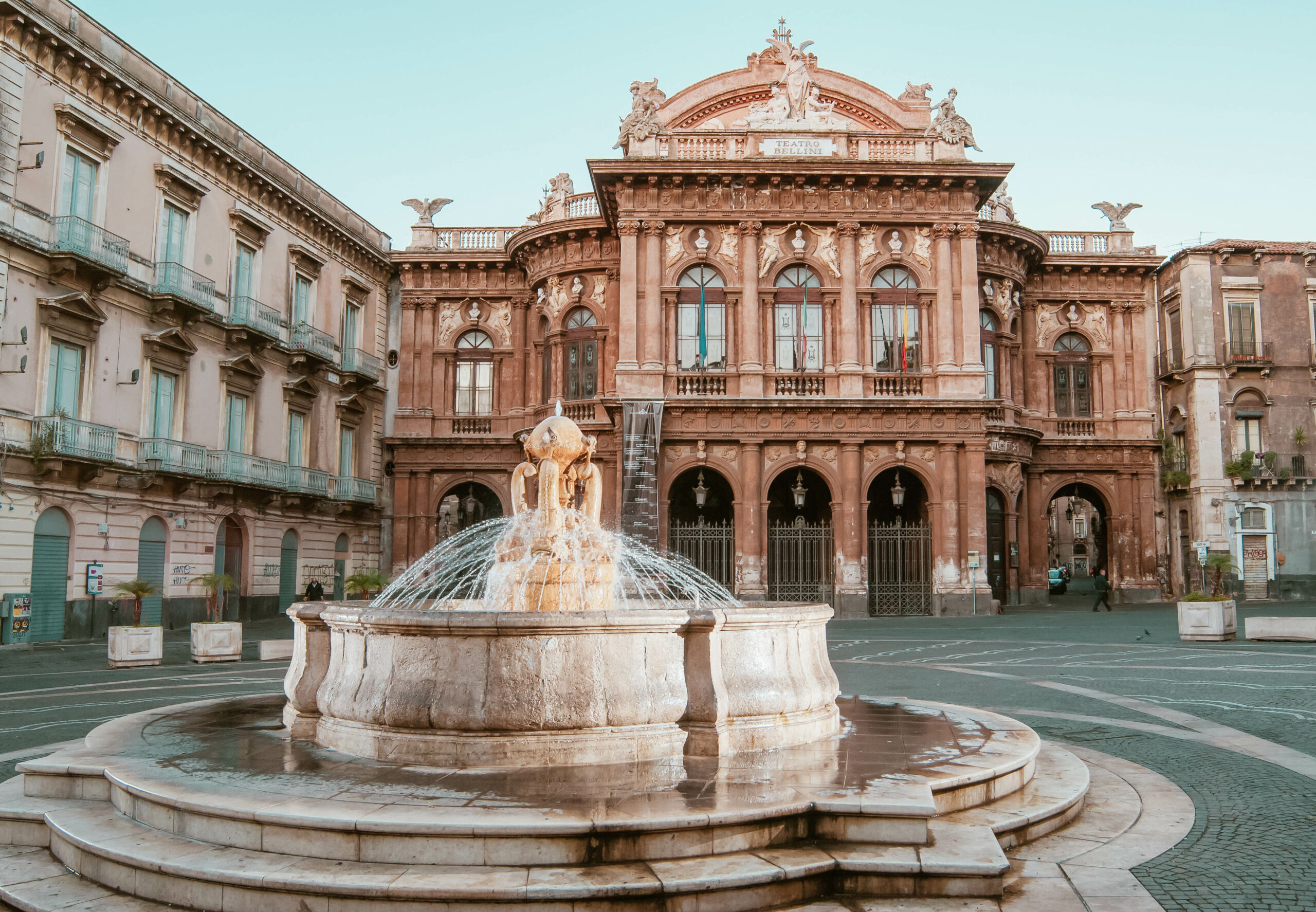
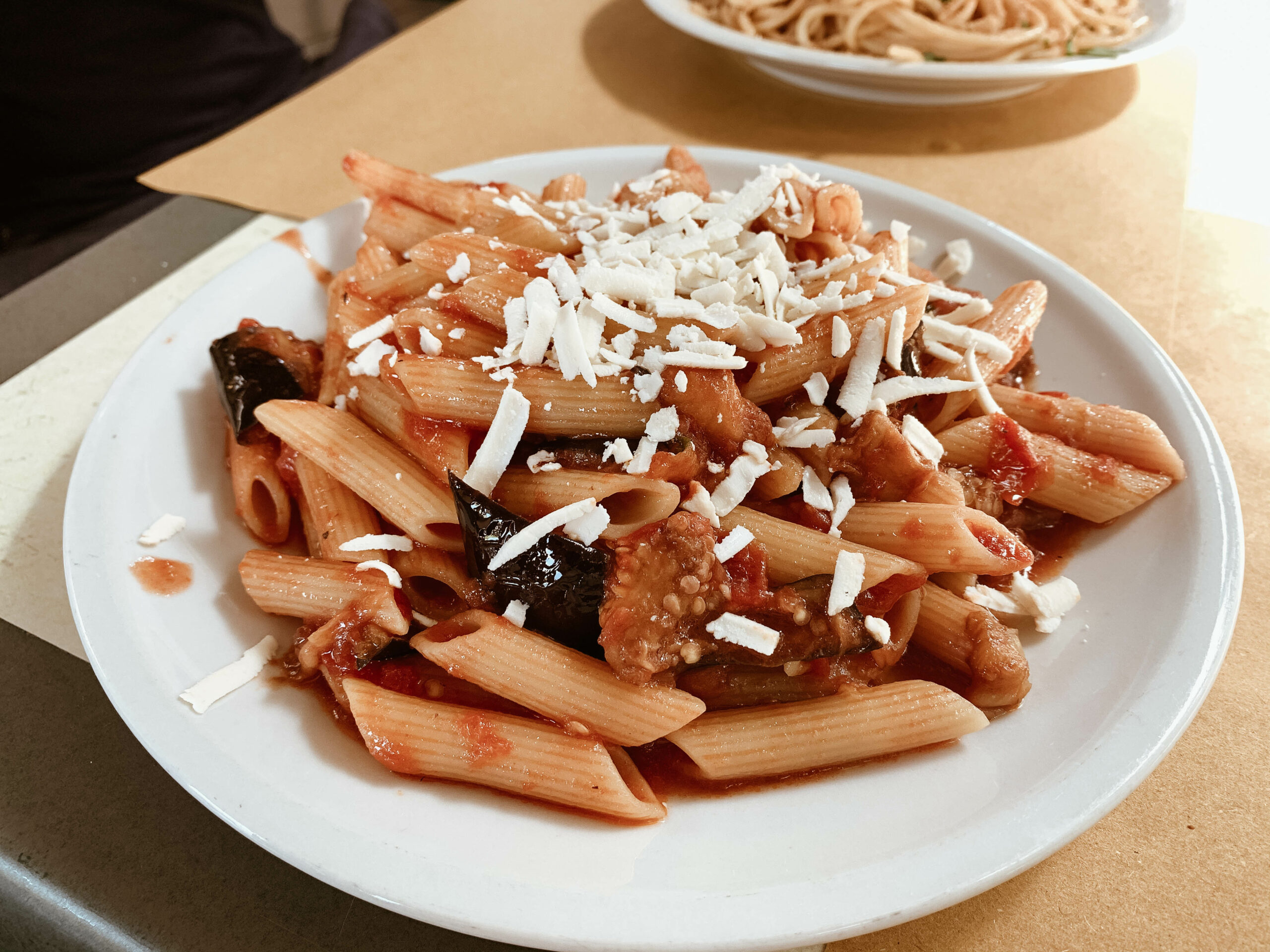
Speaking of theater, end your journey in Siracusa, which boasts historical structures such as the Greek Theatre. Here, Sicilian marzipan is the cornerstone of the city’s culinary tradition.
Made from sugar and fresh almonds, marzipan is Sicilian dessert as an art form. Through a time-consuming process, the marzipan is crafted, shaped and painted into small edible sculptures of fruits and vegetables. Enter any pastry shop in Siracusa to see these tiny delights for yourself and, while you’re at it, order a Sicilian granita with brioche, an iconic Sicilian breakfast treat!
Sicilian cuisine does not begin or end with the dishes mentioned. Open your mind and your palate to new discoveries. Enter your culinary journey with abandon and enjoy it to the fullest!
